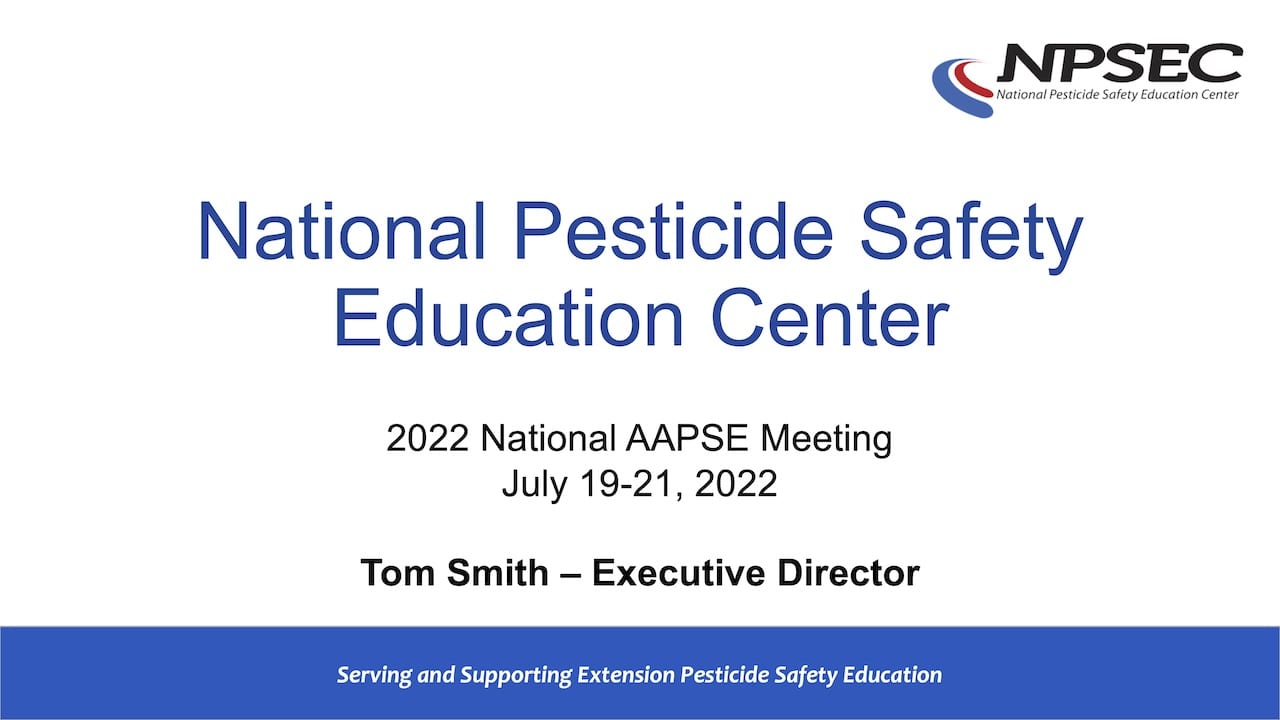EPA Extends Application Period for Cooperative Agreement for the Pesticide Inspector Residential Training (PIRT) Program
This original announcement was published by the EPA on July 27, 2022. Click here for more information.
EPA has extended the application deadline for applications to implement the Pesticide Residential Inspector Training (PIRT) Program for CY 2023 through 2027. EPA must receive proposals through Grants.gov no later than 11:59 p.m. Eastern Time on September 8, 2022. To apply, go to grant opportunity EPA-HQ-OECA-2022-001 at Grants.gov.
Eligible applicants include states, federally recognized Indian tribes, Alaska Native Villages, inter-tribal consortia, and state and tribal institutions. Under this program EPA will provide financial assistance on an annual basis to carry out a pesticide inspector residential training program. This pesticide-related training is intended for inspectors, scientists, supervisors, and managers of pesticide regulatory programs from state/tribes and U.S. territories working under FIFRA Cooperative Agreements with EPA throughout the United States.
The Agency expects to provide an estimated $220,000-250,000 annually, depending on the Agency’s budget, for a total of up to $1,780,000 for five years (CY 2023 through 2027) depending on the Agency’s budget. EPA. EPA also expects to provide a onetime additional allocation of $530,000 at the start of the grant.

